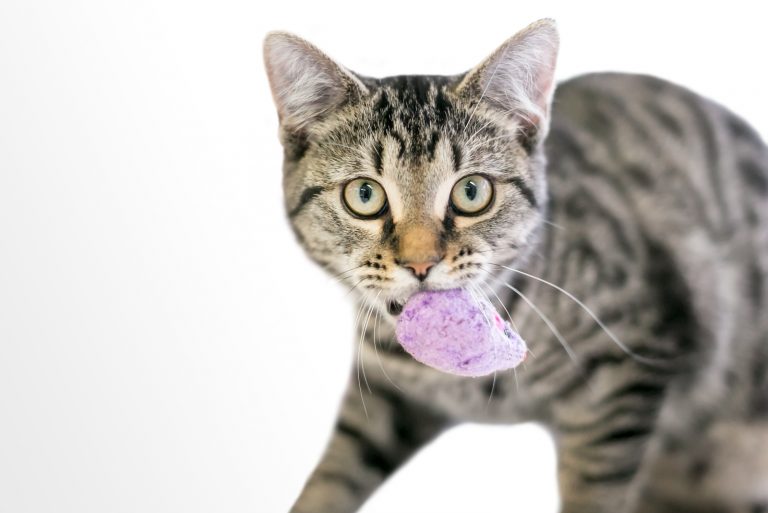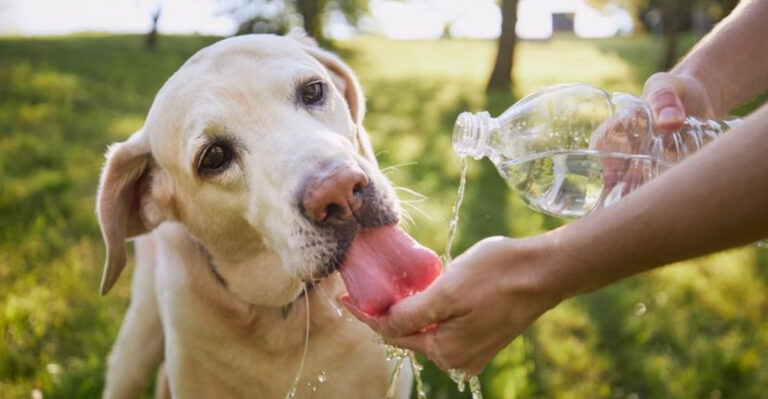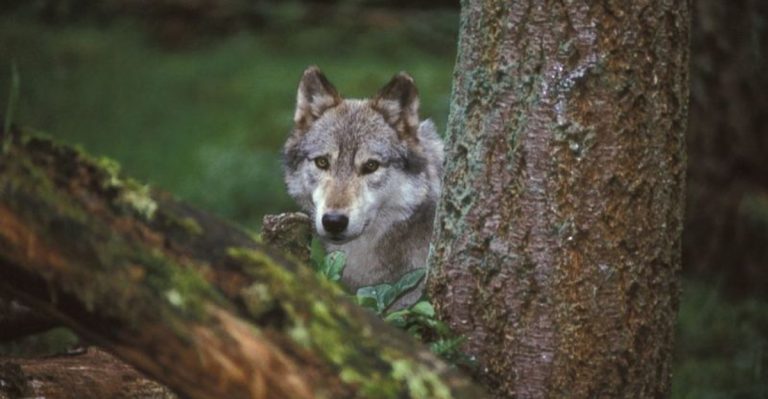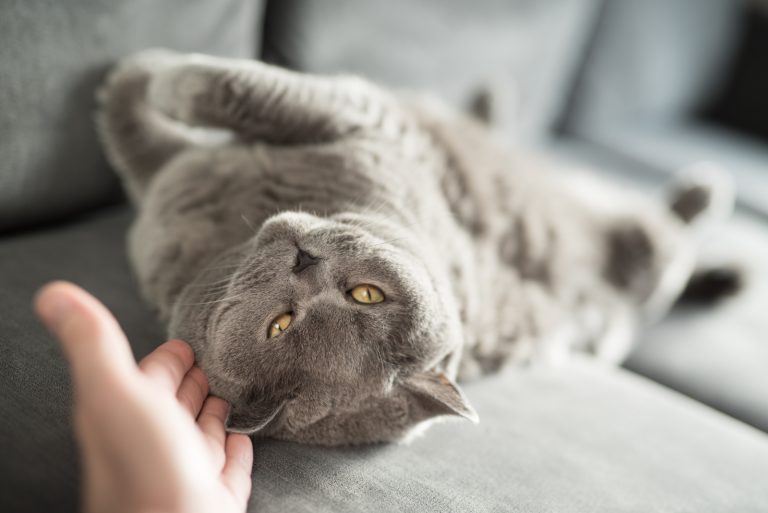Do Cats Get Winter Coats? Everything You Need To Know

Every furry animal has a coat that keeps them warm during cold months, but what about cats? Do cats get winter coats? Yes, even cats have them. Let’s find out more..
A cat changes its look throughout the year. Sometimes the cat owner may think that the cat has lost or gained weight. Usually, that is not the case.
If the cat is completely healthy, it will change its fur during different seasons. On the contrary, if your cat doesn’t shed or grow a new coat, it may mean that something is wrong and you should contact your veterinarian for advice.
So, if you own a cat or are thinking of getting one, this article is for you! Read on to find out everything you need to know about your cat and its winter coat.
Do Cats Get Winter Coats And Why?
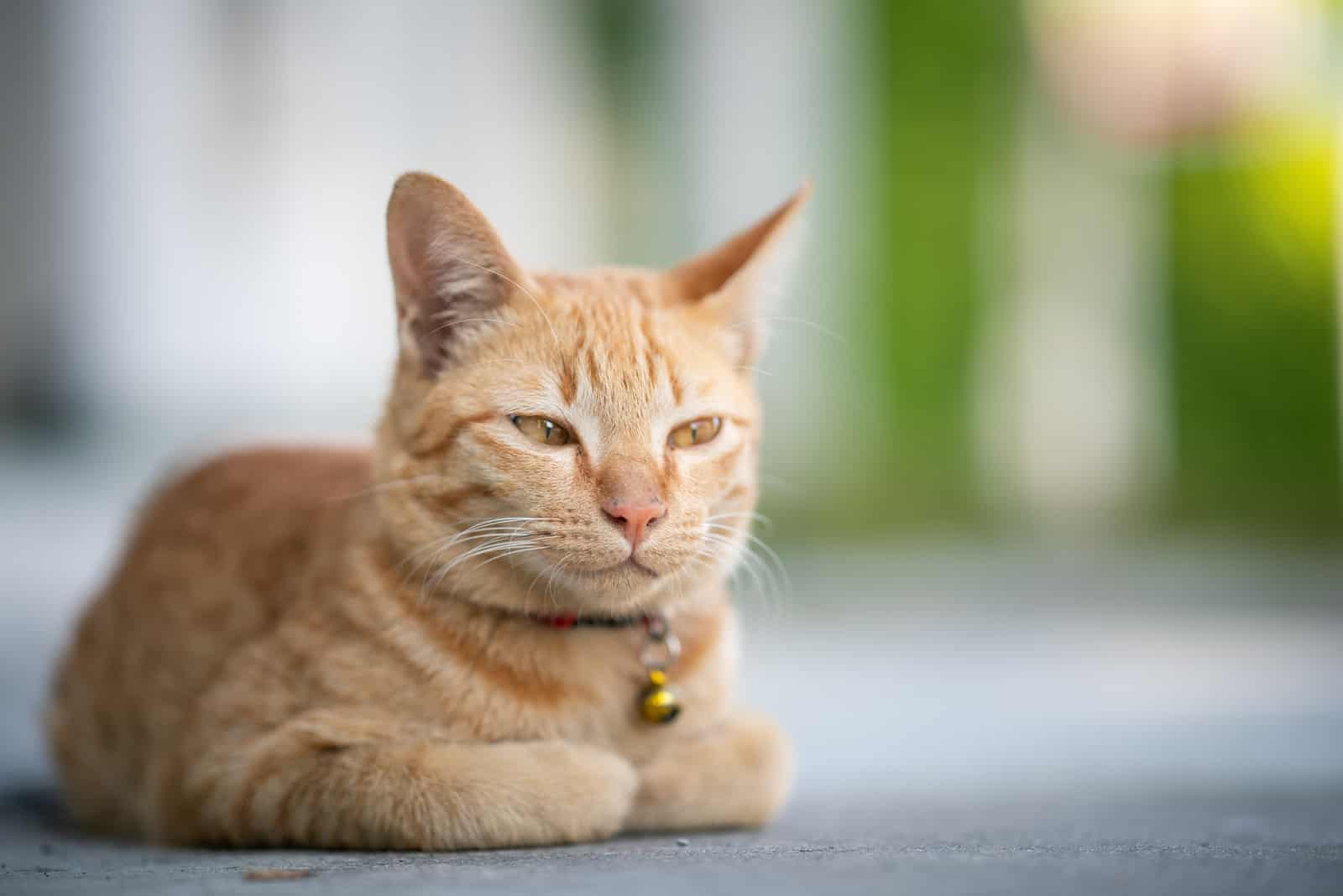
Growing a winter coat is a natural thing for a cat, and this usually takes place during the fall months when the days become shorter and the amount of daylight decreases.
It is important to understand that the change in the cat’s coat is triggered by the number of daylight hours rather than by the temperature.
This means that both outdoor and indoor cats grow thicker coats and both experience seasonal shedding.
A cat’s coat consists of several layers. The outer hairs are known as guard hairs; long, visible hairs that show the pattern and color of the cat. Underneath the guard hairs, there is the most important part of the winter coats – the undercoat which every cat has.
The main difference between breeds is that some cats have thicker coats than others. The inner layer of a short cat’s hair that is closest to the cat’s skin can vary in thickness. In addition, it is gray, and most importantly it is fluffy, soft, and short. The best part is that it doesn’t require much care.
The undercoat consists of shorter, softer hairs which increase in number during colder months and help the cat maintain body heat and regulate body temperature.
So, how does that work? Well, to regulate body temperature, cats move their hair follicles. This is a process which is called thermoregulation.
When they are cold, they bring the follicles closer together, and when they’re hot they move them further apart. Fascinating, isn’t it?
With the arrival of warmer days, cats begin to shed in order to reduce their winter coats and adapt to summer temperatures. The transition from winter to summer coat when the cat is losing a lot of hair can be extremely noticeable, especially in long-haired breeds.
Do Indoor Cats Get Winter Coats?

Just like outdoor cats, indoor cats grow their coats during winter. Remember, the thickening of the fur is influenced by the amount of daylight, known as the photoperiod, and not by temperature.
Even indoor-only cats that don’t need extra insulation will grow fur coats and go through shedding.
Considering that indoor cats, despite being in a warm environment, still grow coats, they also shed seasonally just like outdoor cats do..
However, don’t be afraid that you will end up with a house full of cat hairs. Later we will look at the many ways you can help your cat during shedding and keep your home clean.
Winter Coats In Different Cat Breeds
As previously mentioned, the answer to the main question: do cats get winter coats is yes. But, every breed is different; therefore some cats have thicker coats than others.
Indoor-only cats still grow their coats, despite living in a warm place. But, the difference between these cats and outdoor domestic cats is that outdoor cats are more exposed to external effects which can cause the growth of thicker fur.
The most obvious difference when it comes to shedding, is between short-haired and long-haired cats. Let’s see how they compare!
Long-Haired Cats
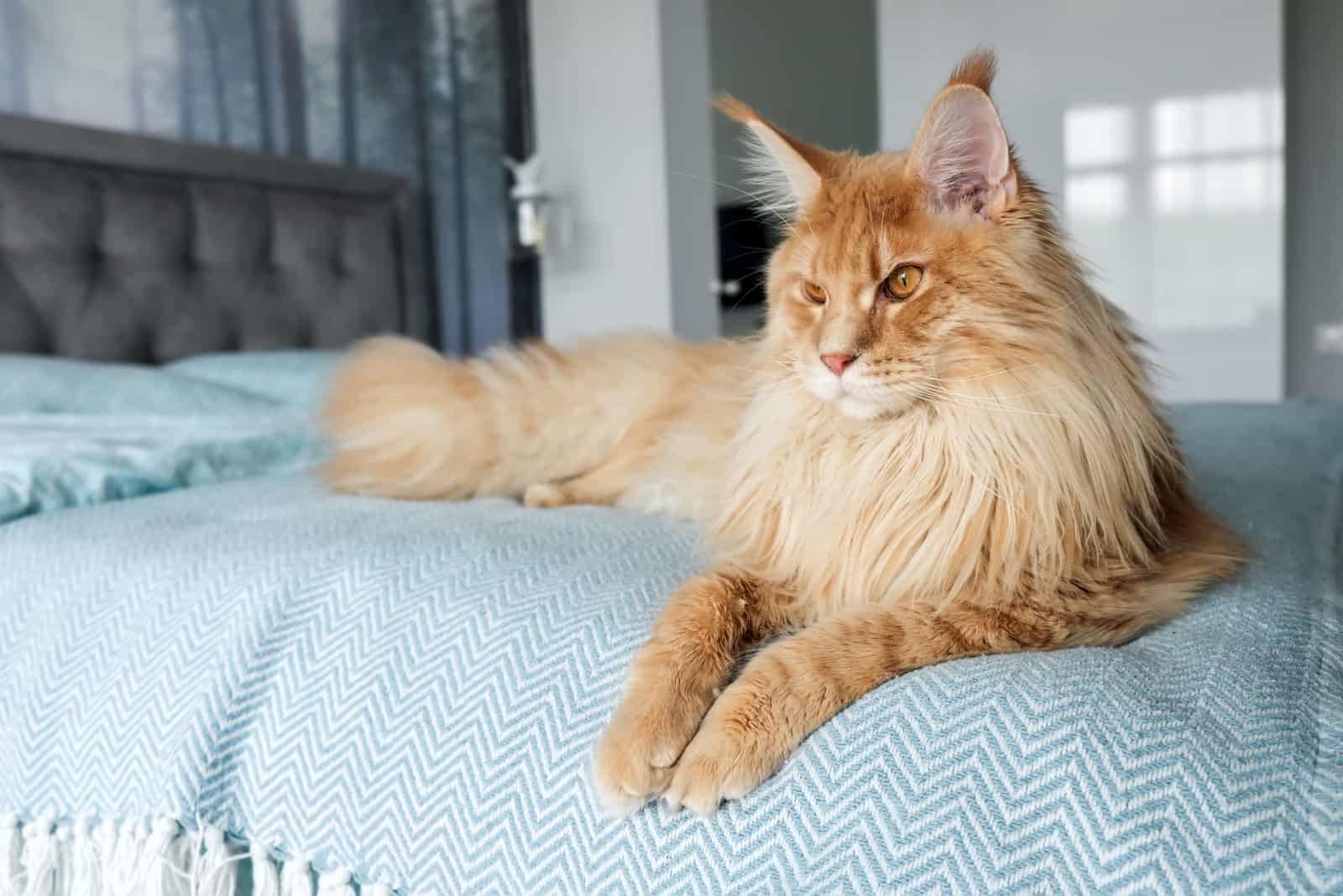
There are many things that affect cats developing their winter coats such as different cat breeds, the climate of the country they live in, and the temperature and daylight in their house.
For example, a Norwegian forest cat has a very thick undercoat which helps them survive in extremely cold weather.
So, the long-haired breeds, such as the Norwegian Forest cat or Maine Coon, can shed even twice a year because of their thick coat, in order to adapt their body temperature to the environment.
These transitions from winter to summer coats can be seen most clearly in this particular breed of cats.
Short-Haired Cats
However, if you’re thinking of getting a cat and you want to avoid cat hair by ensuring a minimal amount of shedding, then you should choose short-haired breeds such as the Cornish Rex.
These cats require minimal care because they only have an undercoat that is short, curled, and close to their skin.
Hairless Cats
Of course, there is always an exception. Hairless breeds, like Sphynx cats, don’t grow their coats. But, even though they are called hairless, these cats can still have a small amount of hair growth on the back and tail, especially during the fall.
But, be careful! If you spot your sphynx cat with more hair than usual, that means that the temperature doesn’t suit him and that you should provide him with a warmer place to stay during cold months.
How To Maintain A Cat’s Coat During The Shedding Season?
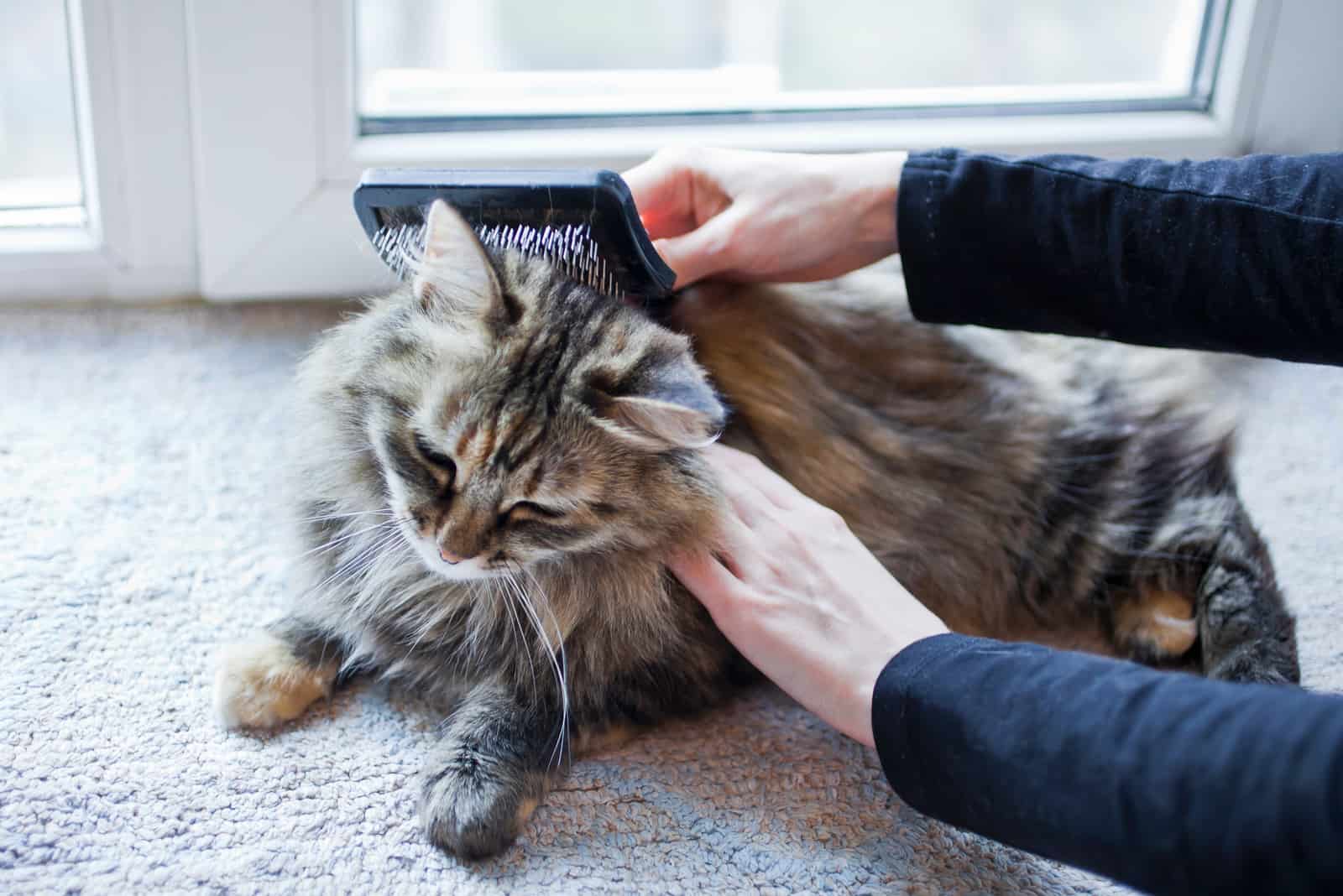
All animals that grow winter coats begin to shed their fur in the late spring, and cats are no exception. A cat sheds its coat as the days become longer and warmer with more hours of sunlight.
All these factors influence the cat’s body and prompt it to get rid of the thicker coat and adapt their fur for warmer days through shedding cycles.
There are many ways to maintain your cat’s fur and help them during the shedding season:
• Frequently brush your cat in order to help her remove dead and loose hair from her body. The key to proper brushing may vary according to different cat breeds. For example, short-haired breeds require rare brushing, while long-haired cats should be brushed and bathed regularly, in order to keep their fur free of lumps.
• If you brush your cat regularly, they will minimize the amount of hair they ingest which helps reduce the appearance of hairballs.
• You can always start brushing your cat during winter in order to prepare her for shedding. This will make the shedding process easier and reduce the amount of hair around your home..
If you have an older cat, you have to pay more attention, and give her more help during seasonal shedding. Elderly cats are not flexible as they were when they were younger and they may need assistance, especially if they have additional health problems.
How To Keep Your Cat Warm During Cold Weather?
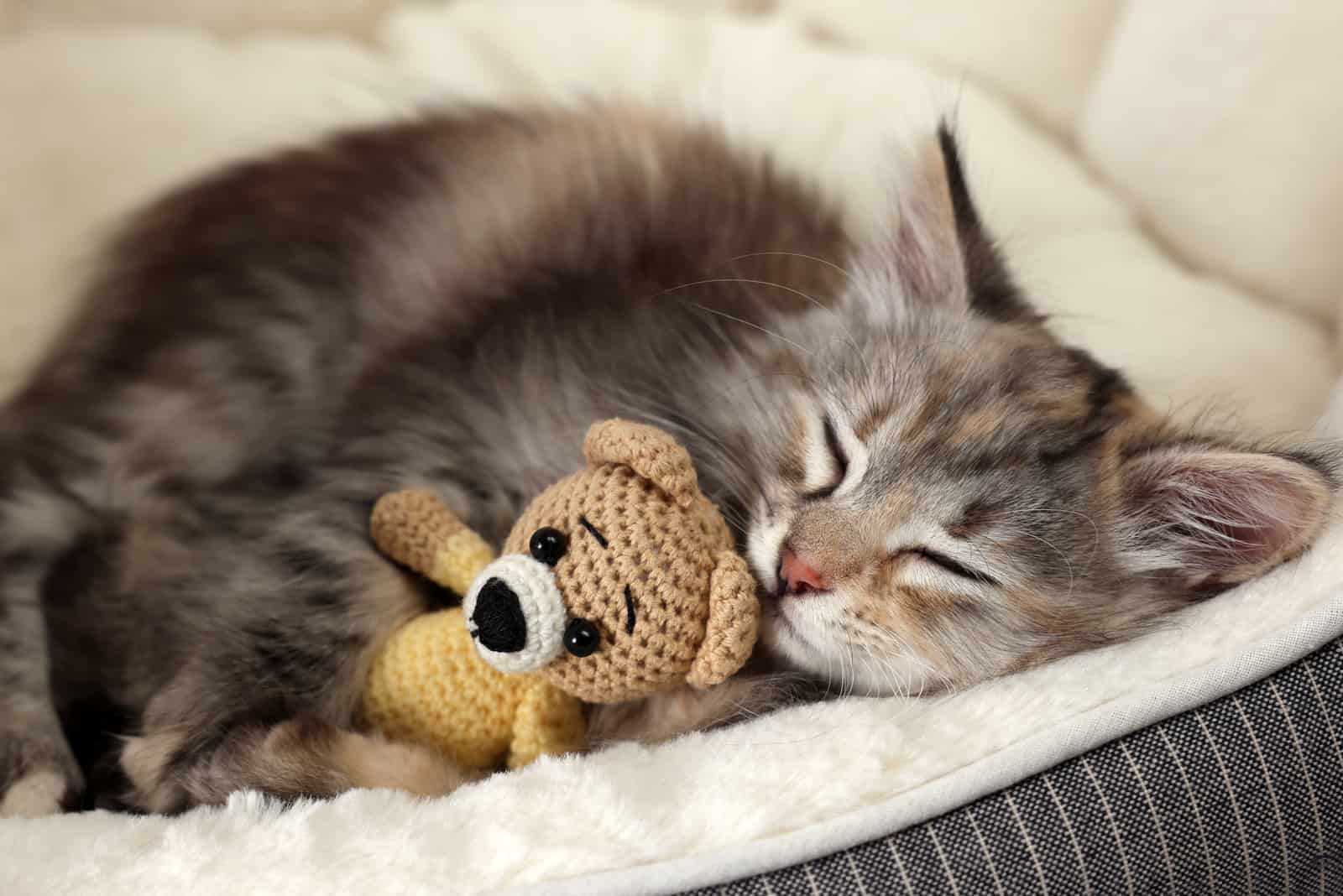
Whether your cat is an outdoor explorer or an indoor pet, you still have to ensure that your cat has a warm place to stay, despite the fact that cats get thicker coats during colder months. If you own a hairless or a short-haired cat, you should provide them with even better protection.
Related: What Temp Is Too Cold For Cats? Find Out Now!
You should provide several places around your house that are warm and cozy for the cat. Remember that the floor may sometimes be too cold for their paws and belly.
It is always best to put cat beds in a few different spots around your house so that they feel comfortable in the environment and have options as to where they rest.
Another important thing is to think carefully about clothing. You shouldn’t put cat clothes on a cat with a thick coat, especially inside the house.
Even though cats may look very cute in clothes, this is something you shouldn’t do because it can cause overheating, leading to other problems.
Again, there are a few exceptions. If you own a hairless cat, or if your cat is shaved for a particular reason, you can dress your cat in clothes, especially when you’re taking her outside of the house.
Also, you need to be careful when letting your cat go outside during winter.
Take care of your cat’s paws during winter because places which are contaminated with antifreeze or salt are not good for a cat’s feet.
This can cause irritation, especially if the cat cleans them and ingests these substances. To avoid that, you should always wash or wipe their paws before entering the house.
Final Thoughts
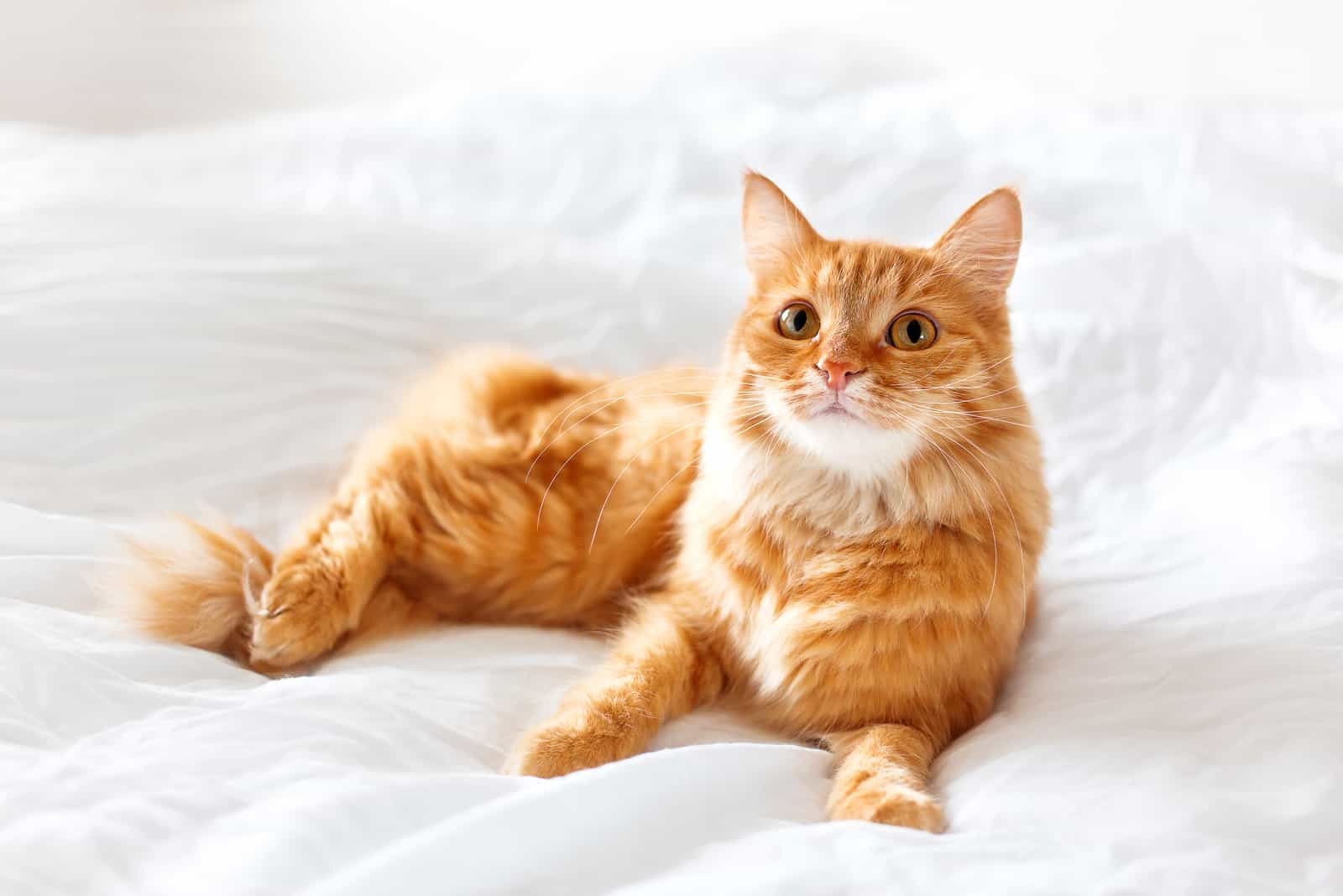
So, do cats get winter coats? Yes, almost every cat has a winter coat, except hairless breeds such as Sphynx, which require special care during winter months.
Despite their coats, it is important that you provide your furry friends with warm and comfortable places, or even with cat clothes if necessary.
Pay attention to seasonal shedding in order to keep your cat’s fur soft and shiny and to prevent cat hairs all over your house. It’s really important that your cat is always warm and healthy!
It can be really interesting to see your cat in different coats throughout the year. Although shedding can sometimes be annoying, it’s worth it to see your cat transform into a soft ball of fur during the winter months!
Like this post? Share or pin it for later!



